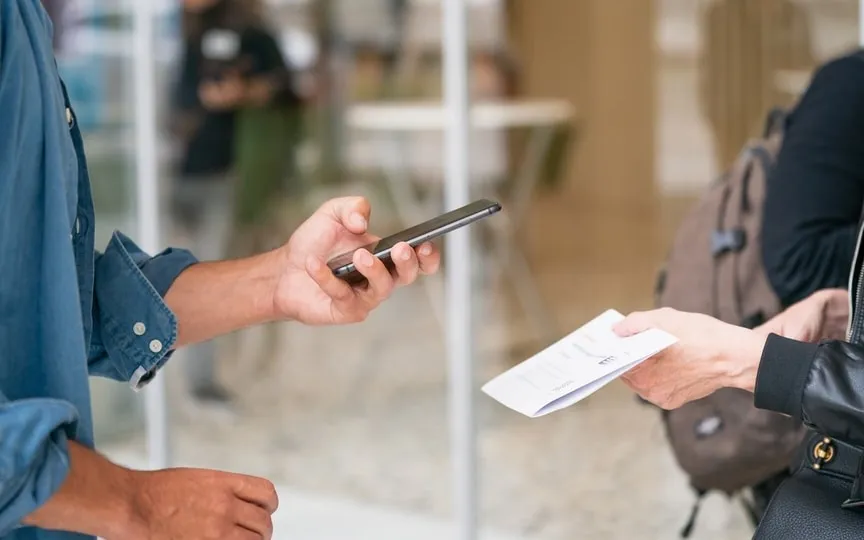Protect yourself from fake QR code scams by avoiding scanning in public places – learn 6 effective ways to stay safe.
Since the onset of the COVID-19 pandemic, there has been a rapid adoption of technology and a shift towards the digital realm. Concert tickets can now be accessed through smartphones, and restaurants have introduced digital menus. Additionally, making payments can now be done digitally, eliminating the need for cash. These activities typically involve scanning a QR code, which is a two-dimensional matrix barcode, using a smartphone’s camera or a dedicated QR code scanner. It is important to note that while scanning QR codes at establishments like McDonald’s or KFC is generally safe, it is advisable to avoid scanning QR codes in public spaces. In fact, it is recommended to refrain from scanning QR codes whenever possible in order to prioritize personal safety.
QR code scams
This warning comes from none other than the US Federal Trade Commission (FTC), which says scammers hide malicious links in QR codes to steal personal information. According to the release, fraudsters may cover the QR code sent to the parking meter with their own. Thus, when you make a payment, it goes directly to the scammer, giving you a double whammy. Some of them might text or email you a QR code and figure out a reason why you’re scanning it!
When you scan a fake QR code, it might take you to a website that looks real, but isn’t. It may be a scam version that records all the information you provide, including your personal and financial information. The scammer may even pressure you to hurry by saying that the package hasn’t been delivered and you need to reschedule it or there is suspicious activity on your account.
The FBI said that “Malicious QR codes can also contain embedded malware that allows a criminal to gain access to a victim’s mobile device and steal the victim’s location, personal and financial information. The cybercriminal can use the stolen financial information to withdraw funds from victims’ accounts.”
What can you do?
According to the FTC and FBI, there are several ways to protect yourself from fake QR codes.
How to protect yourself from QR code scams
1. If you see a QR code in an unexpected place, check the URL before opening it. If it looks like a recognized URL, make sure it’s not spoofed – look for typos or changed letters.
2. Don’t scan a QR code in an email or text you weren’t expecting—especially if it tells you to take immediate action. If you believe the message is legitimate, use a phone number or website you know to be real to contact the company.
3. Protect your phone and your account. Update your phone’s operating system to protect against hackers and protect your online accounts with strong passwords and multi-factor authentication.
4. The FBI says that if you receive a QR code that you think is from someone you know, contact them at a known number or address to make sure the code is from them.
5. If you are scanning a physical QR code, make sure that the code has not been tampered with, for example with a sticker placed over the original code.
6. Be careful when entering login, personal or financial information from a site navigated to from a QR code.




